In the first week of October, the Slovenian team went on a third mobility in 2022. Students Eva, Sara, Jan, and Bor, accompanied by four teachers spent an interesting week in Spain, where we researched the culture of Galicia.

On Monday we visited a school in the city of Ferrol and played various games with the Spanish students.
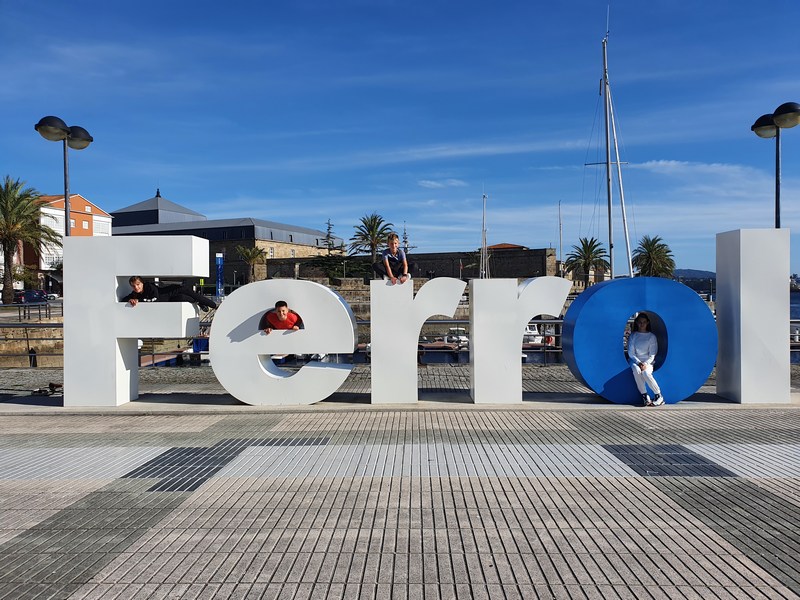
We had a chance to listen to a concert of Galician music.
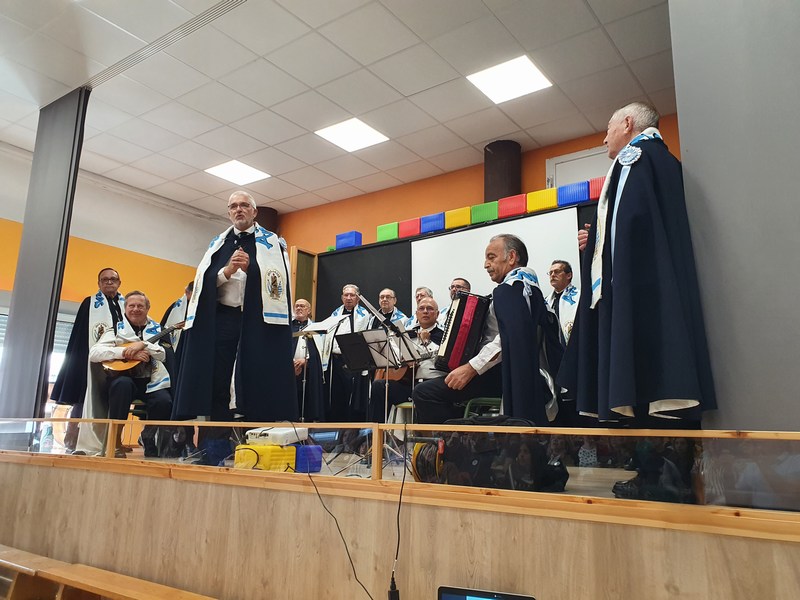
Then we were introduced to street art, which impressed everyone. The Meninas de Canido festival is organized several times in Ferrol. Artists paint works of art on the facades of houses or blocks to beautify the appearance of the entire city.

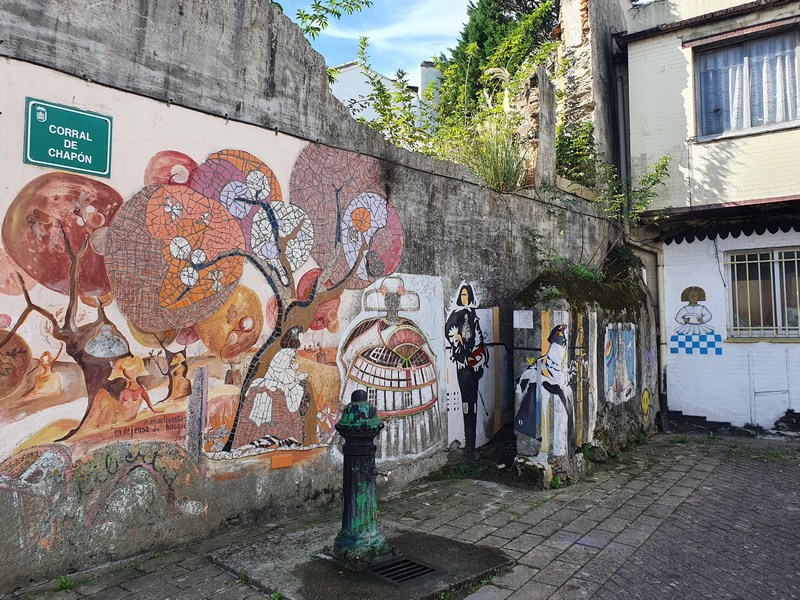

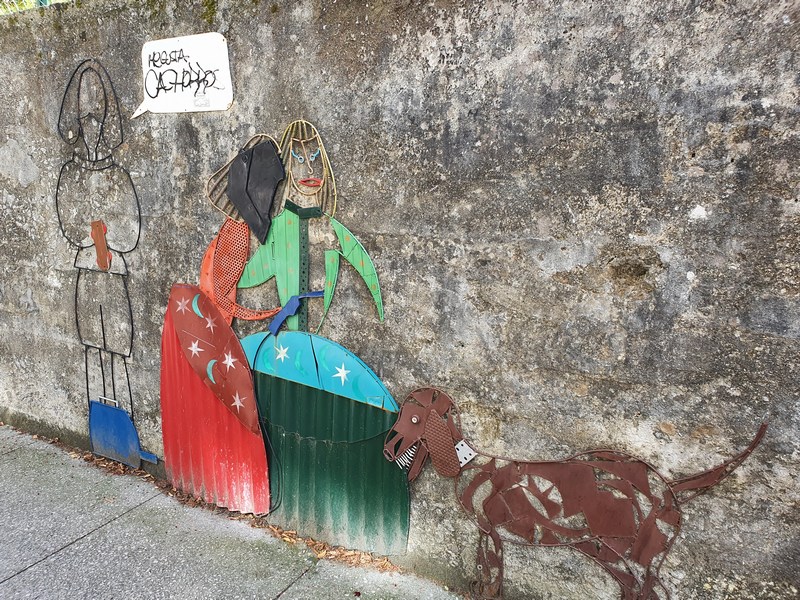
On Tuesday we went to the city of Santiago de Compostela. We toured this beautiful city and admired its architecture. We spent a lot of time visiting the cathedral. It was a special feeling because they take us to the cathedral’s roof and we had a wonderful view of the landscape.

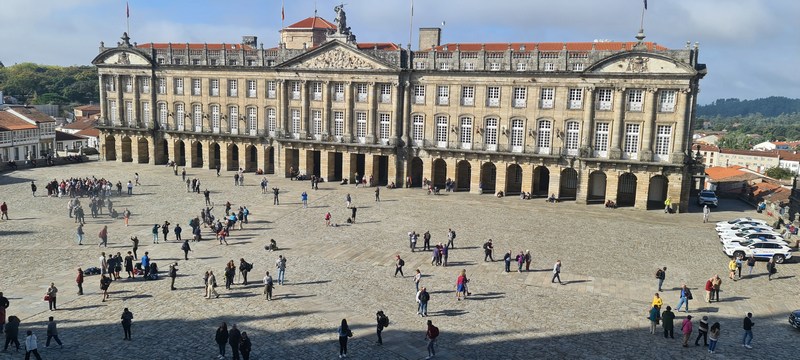
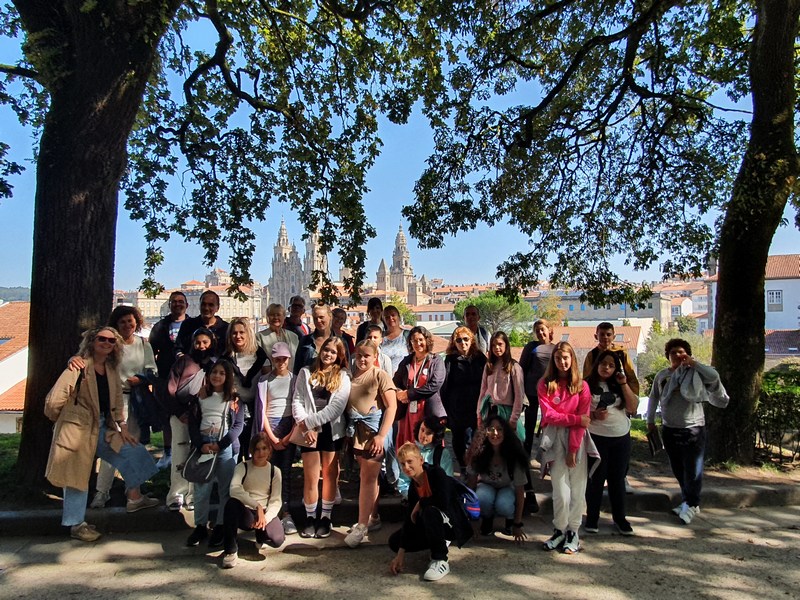
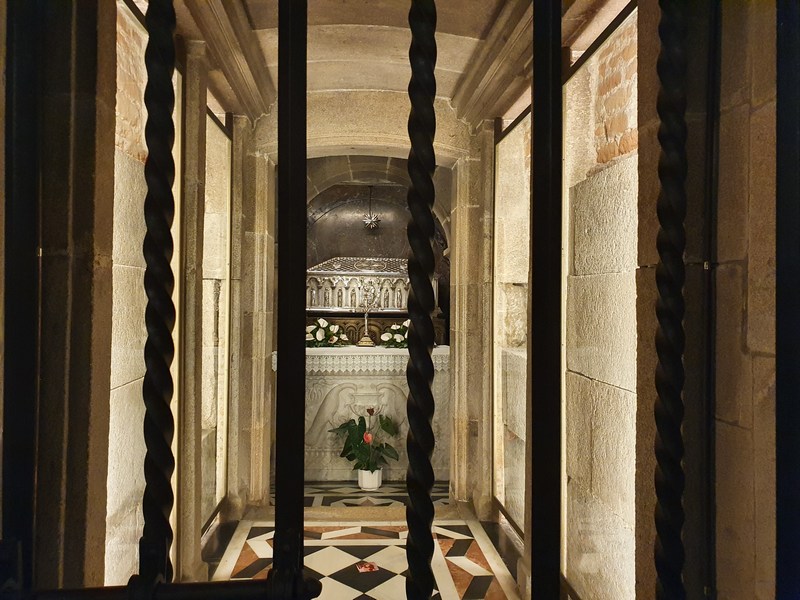

The apostle James is buried in this cathedral and we had the opportunity to see his coffin. Santiago de Compostela is the destination of the world-famous pilgrimage route “Camino”. The word Camino means “the path”, and there are several that lead to Santiago. The most popular is the route that starts in France, lasts about a month, and is 800 kilometers long.

A new day followed and we experienced new adventures. We were taken by boat to San Felipe Castle, which is the most important military building in Ferrol. Together with the neighboring castles of La Palma and San Martiño, it formed a triangle of fire that no enemy force dared to attack. We were all surprised by its design, as well as by the beautiful views of the sea. After returning to school, we had the opportunity to develop our artistic streak. Each of us made our own Meninas – pendants.
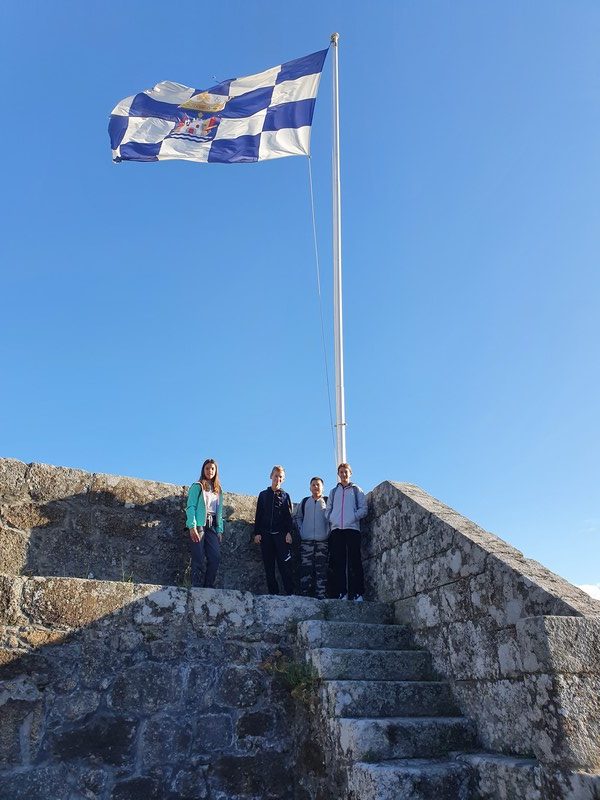
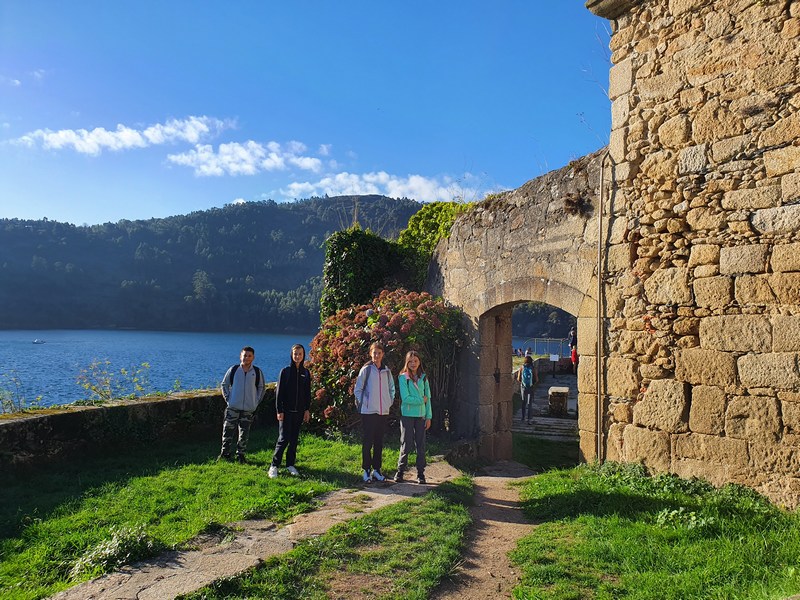


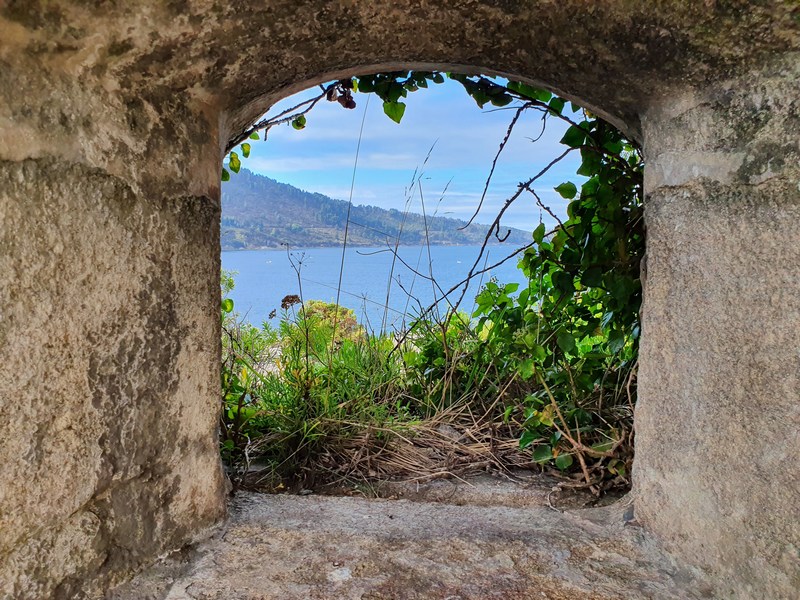
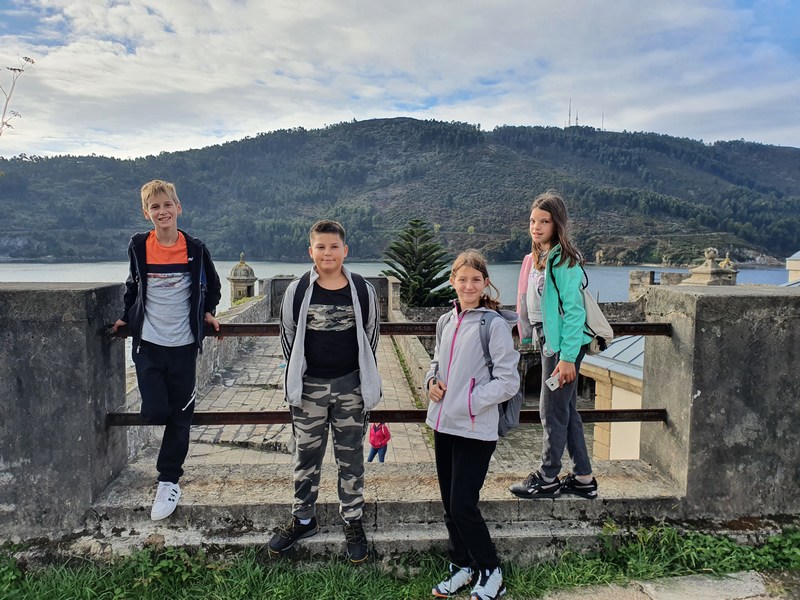
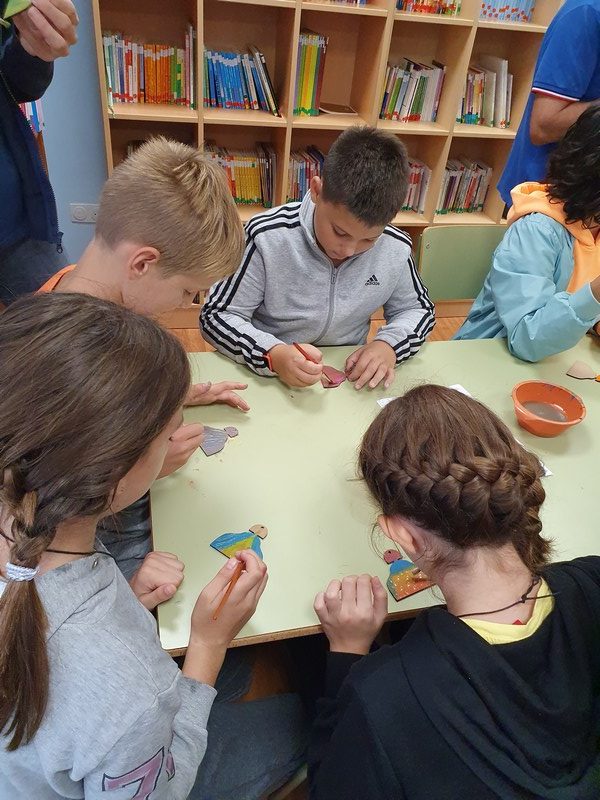
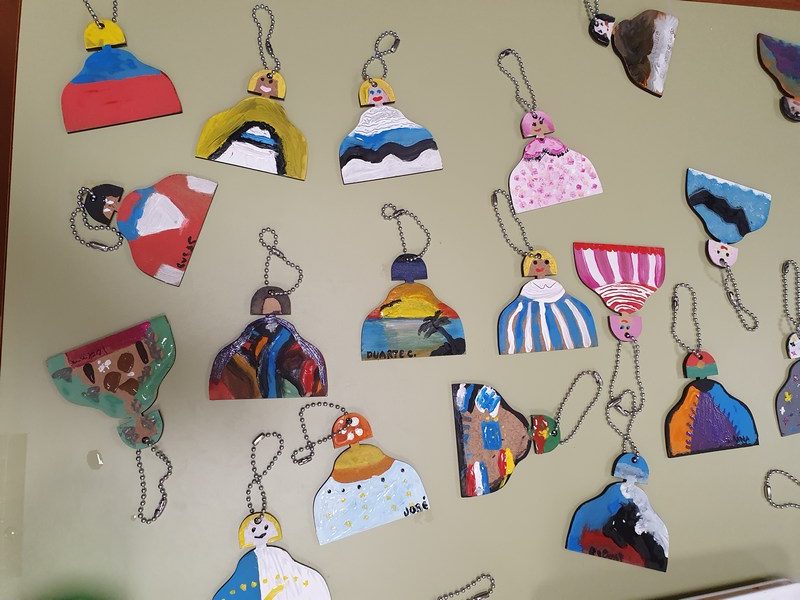
Thursday was devoted to a tour of the military arsenal, which is important to the city, employing more than 1,000 people. We also saw the shipyard. The visit to the shipbuilding museum was particularly interesting, where they showed us the wreckage of the Magdalena frigate.
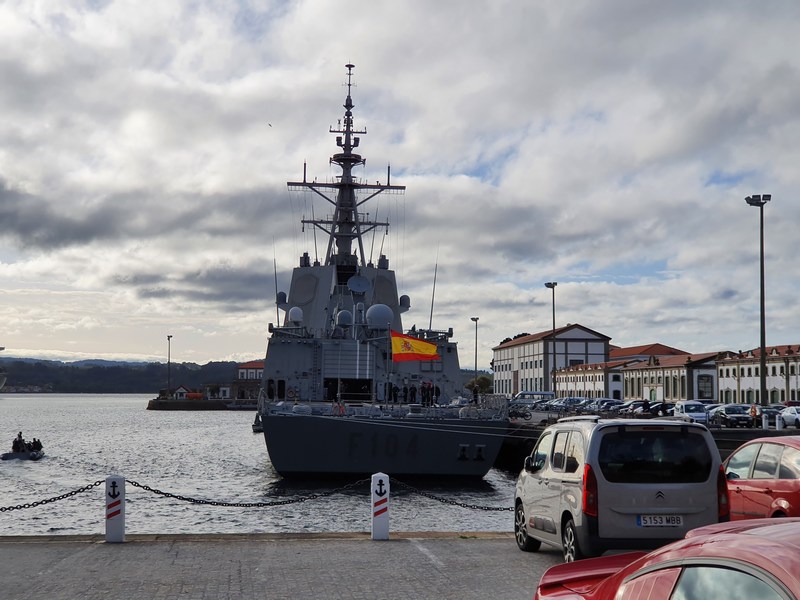




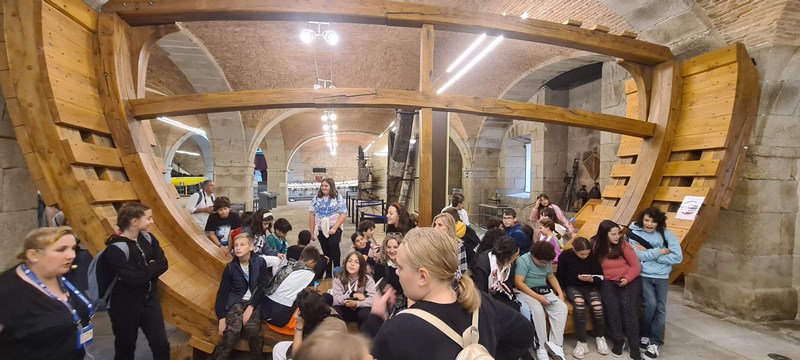
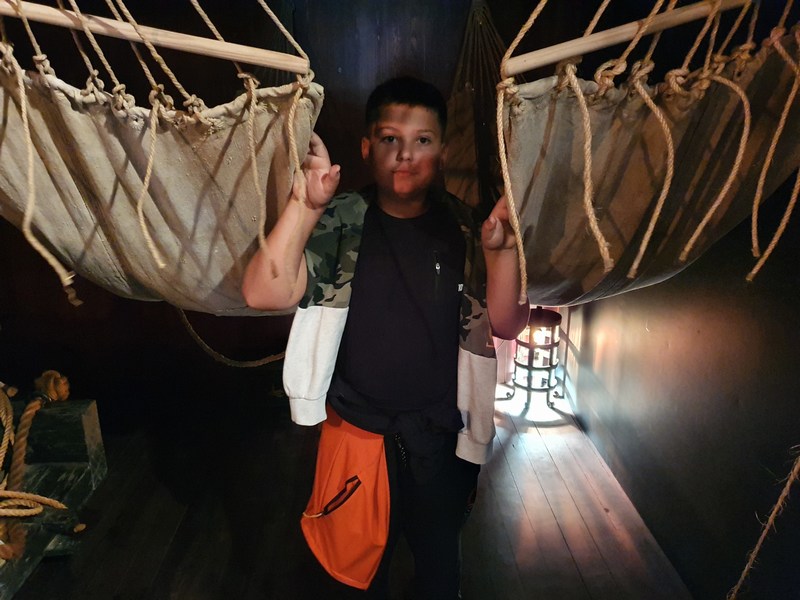
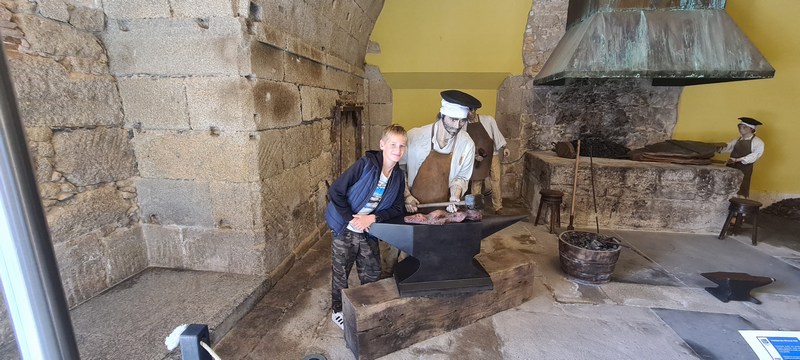
In the afternoon we went to the teacher training center. The students assembled robots, and the teachers listened to a lecture about the school system in Spain.

Pupils start school at the age of six and attend primary school until the age of twelve. After that, they go to lower secondary school, and when they turn sixteen, they go to upper secondary school. They complete the latter when they turn eighteen. If they wish, they can, of course, enroll in a university or get a job.
A primary school can have a maximum of 25 children in a class. School starts every day at 9:00 a.m. and ends at 2:00 p.m. – regardless of the age of the children. Every school organizes additional school activities once a week, which last from 3:30 pm to 5:30 pm.

Along with all this, we must also mention the cuisine. The food was good, but above all, there was plenty of it. It is typical for this part of Spain that every lunch has an appetizer and two main courses. For Spaniards, lunch is the most important meal of the day, so they have a two-hour break daily for it. Even if the school can offer lunches, it is customary for children to eat this meal at home together with their families. Many schools do not have their own kitchen, so they use external catering.

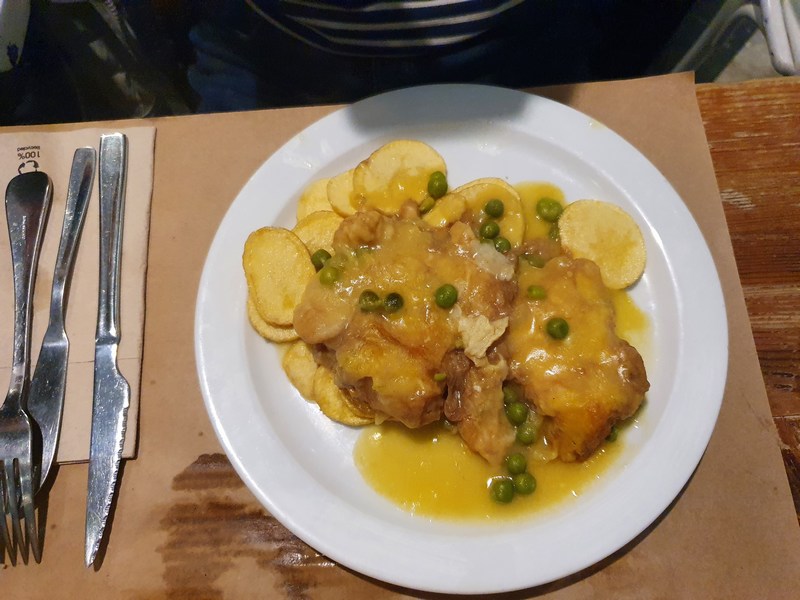
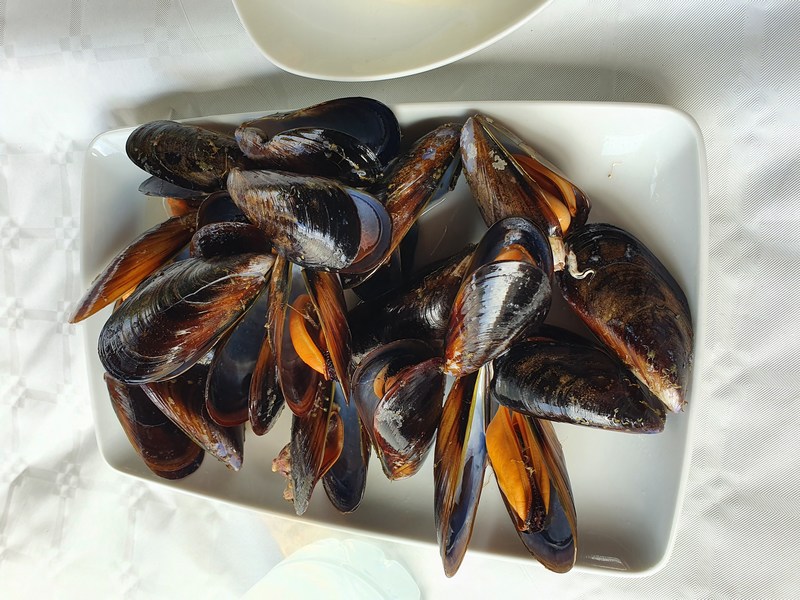
Our friends said goodbye to us with a concert on Friday. The local ensemble played some Galician songs for us on the bagpipes, their national instrument. The students joined in the dance as they wished, and soon there was no one left to stand by and just listen. It was an interesting experience, especially different from our way of listening to concerts.
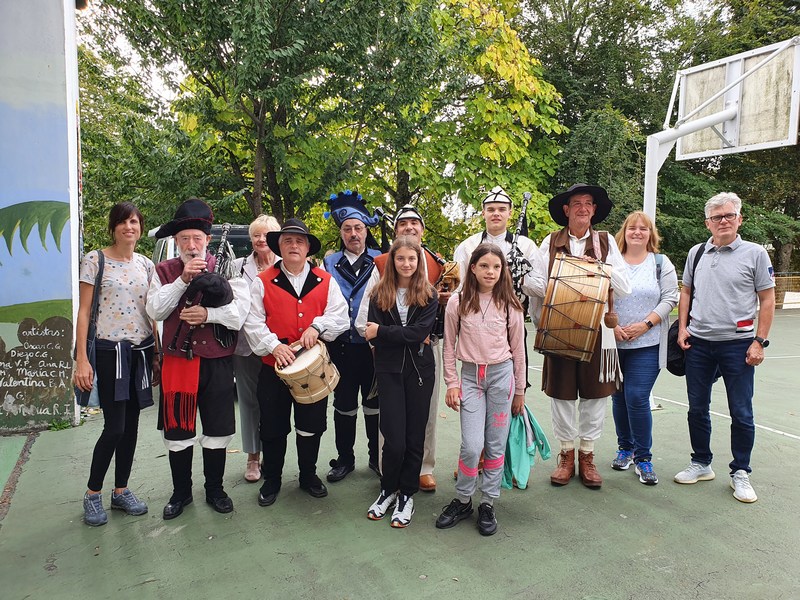
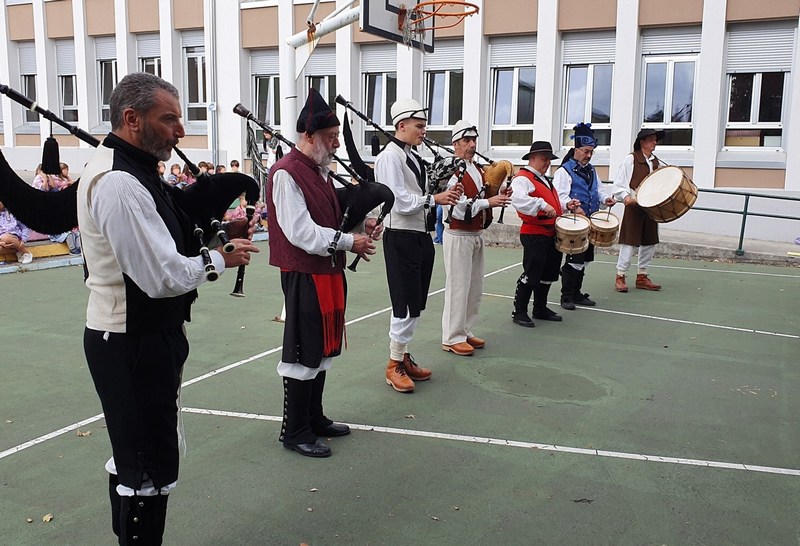
All the students and teachers who took part in the mobility to Spain left a very good impression on the remaining members of the mobility. New acquaintances were made, which will remain in the memory for a lifetime.
HERE you can watch a video about mobility to Spain.

